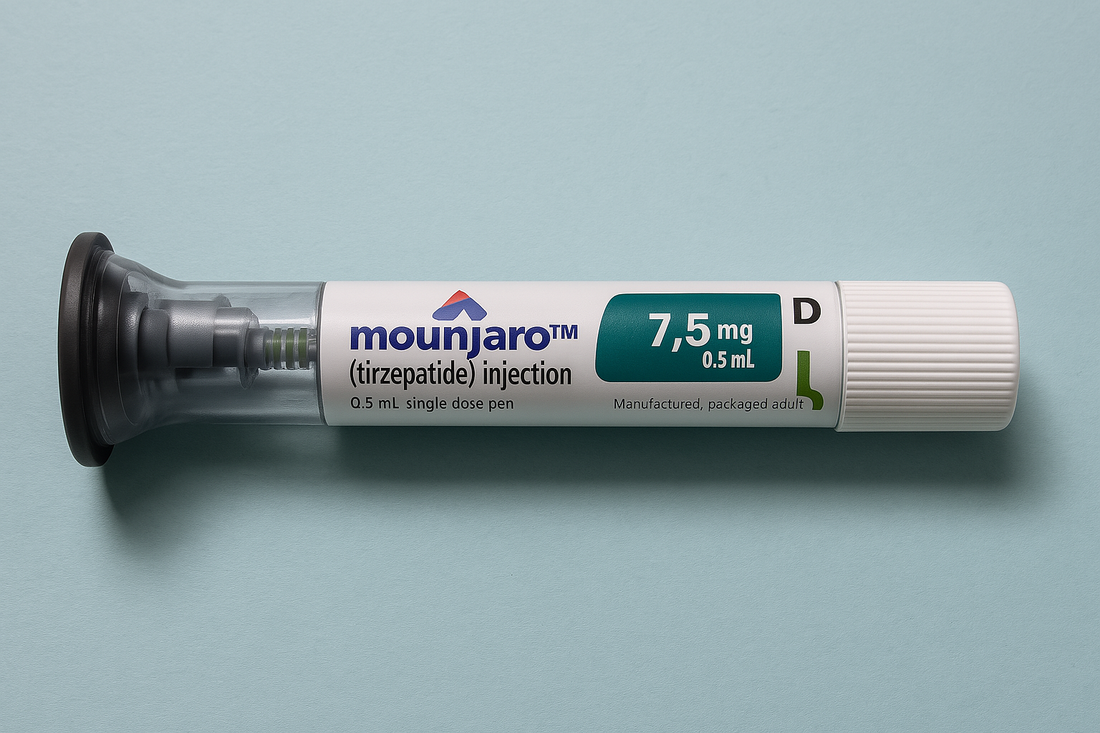
Integrating Diet and Physical Activity With GLP-1 Treatments
Share
GLP-1 medications are becoming popular for weight management. Many people see weight loss with these treatments, but they also face challenges such as nausea, low appetite, or even losing too much muscle. To get the best results, it is important to focus on diet and physical activity alongside medication.
Why Monitoring Weight Loss Matters
Weight loss with GLP-1 treatments can vary a lot. Some people lose less than expected, while others lose too much. Regular check‑ins with your healthcare provider are important. If weight loss is too slow, your doctor might adjust your dose or explore other options. If weight loss is too fast or causing problems like weakness or poor nutrition, they may reduce the dose or pause treatment. Watching for signs such as low energy, missed meals, or nutrient issues can help catch problems early.
Eating Well During Treatment
A balanced diet is key to staying healthy while on GLP-1 medications. Meeting with a dietitian is helpful, but if that is not possible, simple tools like food logs or smartphone apps can guide you. Focus on the quality of your meals rather than strict calorie limits. Include plenty of fiber from fruits, vegetables, and whole grains. Choose healthy fats such as olive oil, nuts, and avocado. Make sure you get enough protein from sources like fish, poultry, beans, or yogurt to maintain muscle mass.
Staying Hydrated and Avoiding Side Effects
Because GLP-1 medications can cause early fullness and stomach upset, drinking enough water is very important. Aim for at least two to three liters of water a day. Avoid sugary drinks and limit alcohol and caffeine. If constipation is a problem, add more fiber and water. For nausea, smaller meals and fewer greasy foods can help. Try not to lie down right after eating to reduce reflux.
Physical Activity to Protect Muscle
All types of weight loss can lead to some muscle loss. Regular exercise can reduce this. Start with small steps and increase activity over time. Aim for at least 150 minutes of moderate activity per week, like brisk walking or cycling. Add resistance training, such as using weights or resistance bands, two to three times a week to maintain strength. Balance exercises, like yoga or tai chi, are especially good for older adults or anyone at risk of losing muscle.
Planning for the Long Term
Weight regain can happen after stopping GLP-1 treatment, so it is helpful to plan ahead. Healthy eating and regular exercise make it easier to maintain progress. If you and your doctor decide to stop treatment, tapering slowly over several weeks is often best. Continue regular check‑ups to track your weight, nutrition, and activity levels. If your weight starts to climb again, your doctor might adjust your plan or consider restarting treatment.
Final Thoughts
GLP-1 medications can be powerful tools for weight management, but they work best when combined with good nutrition and regular physical activity. Paying attention to what you eat, staying hydrated, and keeping your body strong through exercise will support lasting results and better health.
